The Spanish Donkey: Unveiling the Horrors of a Medieval Torture Device
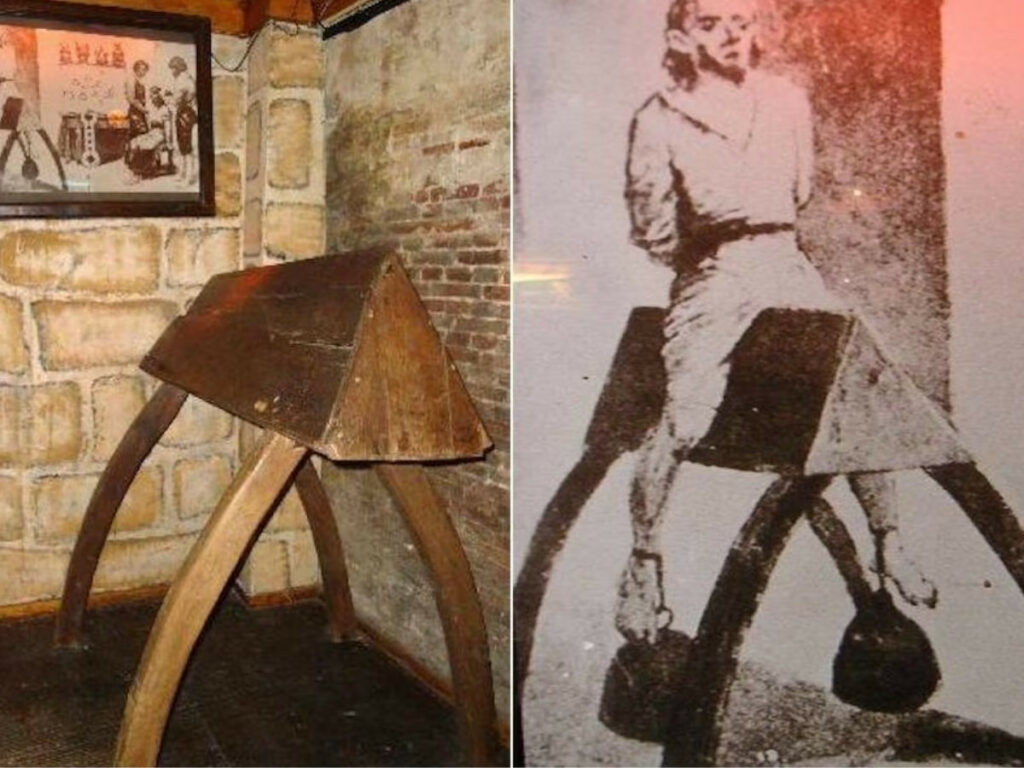
The annals of history bear witness to the inhumane acts perpetrated by those in power, leaving an indelible mark on the lives of victims. Among the devices that exemplify the cruelty of the past is the Spanish Donkey, a medieval torture instrument that unleashed unimaginable horrors upon its unfortunate subjects. While seemingly innocuous at first glance, a closer examination reveals the true extent of suffering inflicted by this apparatus.
Origins and Usage of the Spanish Donkey

From its origins in medieval Europe to its presence in colonial North America, the Spanish Donkey serves as a grim testament to the lengths societies have gone to maintain control and extract information, often at the expense of human dignity and compassion. This article delves into the dark history of this notorious device, exploring its design, usage, and the twisted justifications put forth by its perpetrators, shedding light on one of the most feared punishments in history.
Unveiling the Torturous Design
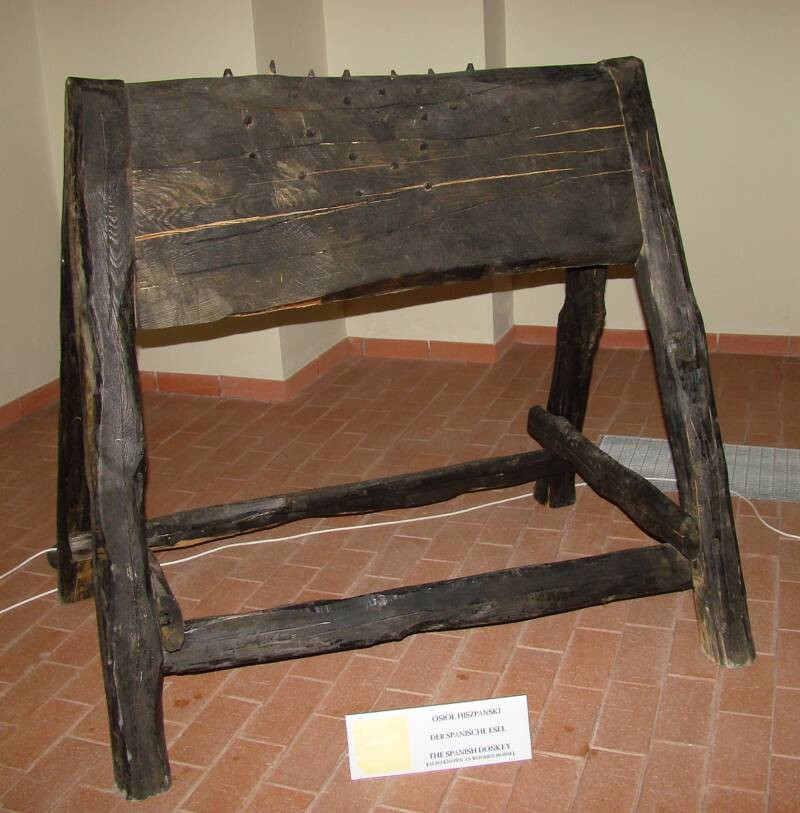
The Spanish Donkey, also known as the “Wooden Horse” or “The Mule,” stands as one of the most excruciating methods of torture ever devised. Originally intended for women but later used on men as well, the victim would be stripped naked and forced to straddle a triangular piece of metal with a board placed over it, creating a sawhorse-like structure. To intensify the suffering, weights or restraints were often tied to the victim’s ankles, causing agonizing discomfort, severe pain, and even death.
Prolonged Agony and Horrific Techniques
The duration a victim endured sitting on the Spanish Donkey determined the severity of their suffering. Prolonged exposure could result in severe disfigurement or even cleave the victim in half as the sharp edge gradually cut through their body. Torturers would sometimes exacerbate the agony by tickling the victim’s feet or applying flames to force movement, amplifying their pain.
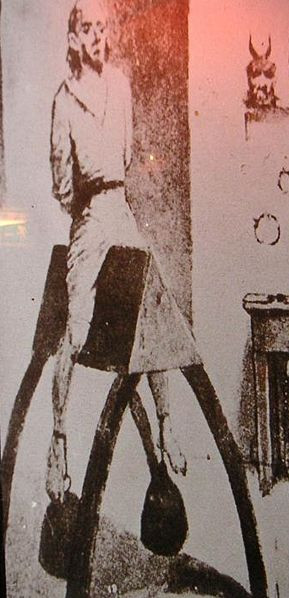
The Spanish Donkey in Colonial North America
Although commonly associated with the medieval period, the use of the Spanish Donkey extended into later centuries. Surprisingly, even George Washington, one of the founding fathers of the United States, employed this instrument of torture to discipline the colonial army. Facing the challenge of transforming inexperienced men into a disciplined fighting force, Washington resorted to harsh measures, including the Spanish Donkey, to curb insubordination and misconduct within the ranks.
The Justification for Torture
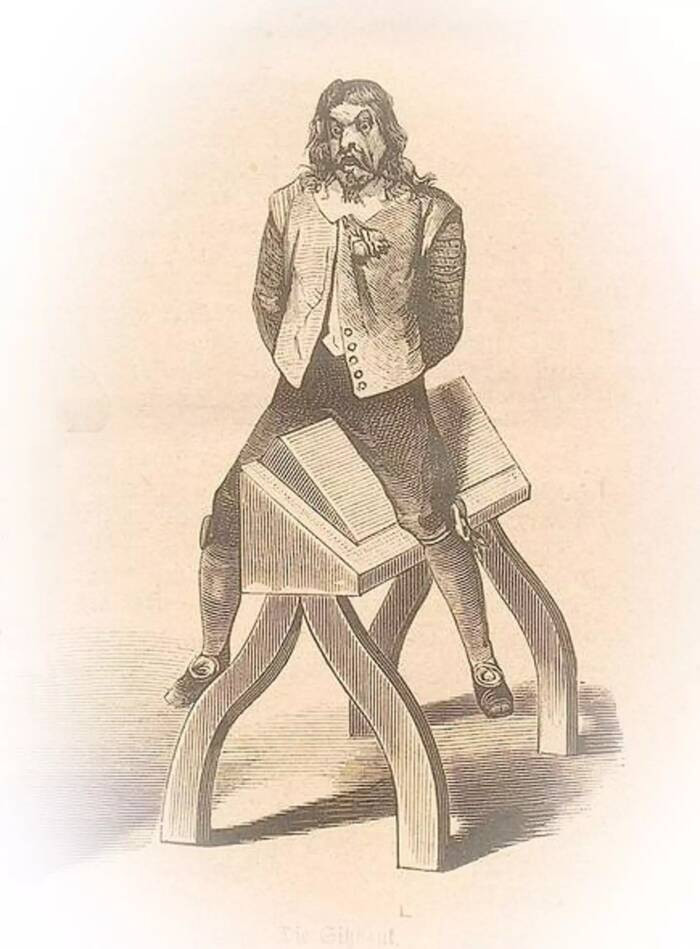
Throughout history, the use of torture, including devices like the Spanish Donkey, has been justified as a means of extracting information. Torturers employed brutal methods during the Inquisitions, seeking to break victims physically and psychologically. Despite the horrific nature of these practices, they were carried out in a calculated, bureaucratic manner to obtain confessions and corroborate statements.
Legacy and Contemporary Debates
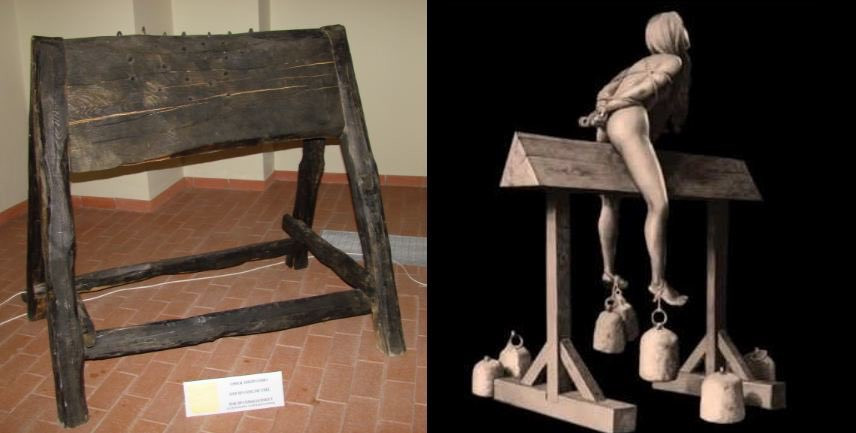
The legacy of the Spanish Donkey serves as a stark reminder of the extreme measures societies have taken to maintain control and extract information. Although modern military and intelligence operations have abandoned such barbaric devices, torture persists in different forms, fueling intense debates on ethics and efficacy. The Spanish Donkey, alongside other medieval torture devices, symbolizes a dark chapter in human history, leaving lasting impacts on those who endured their wrath.
Confronting a Gruesome Past
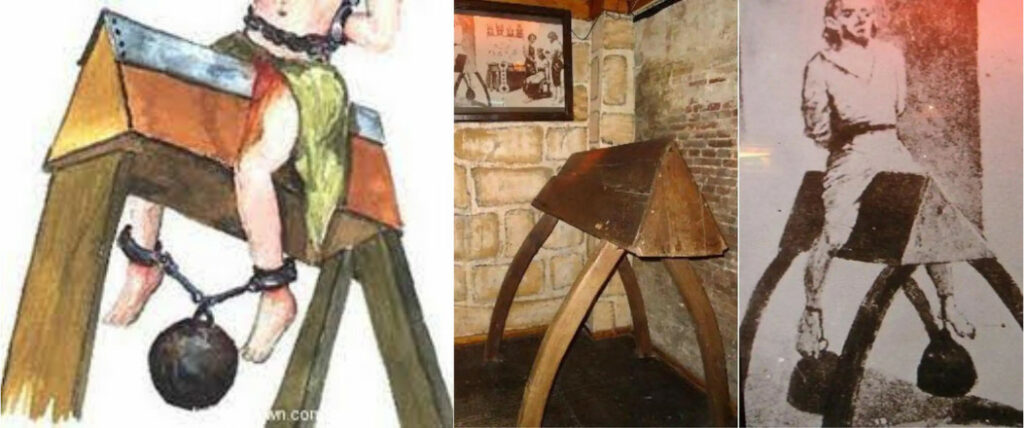
The story of the Spanish Donkey stands as a harrowing reminder of the brutality born out of the pursuit of control and information. From medieval Europe to colonial North America, this device inflicted pain and suffering on countless individuals. While no longer in use, the underlying principles continue to fuel controversy in discussions of torture and human rights. Understanding this grim history is crucial as we strive to ensure that such inhumane practices remain confined to the past, never to be repeated.

